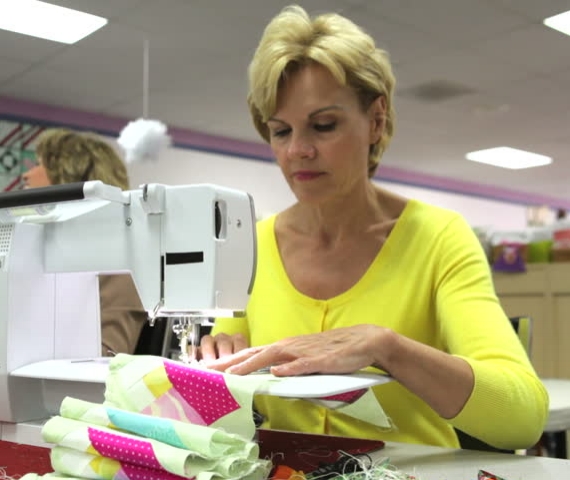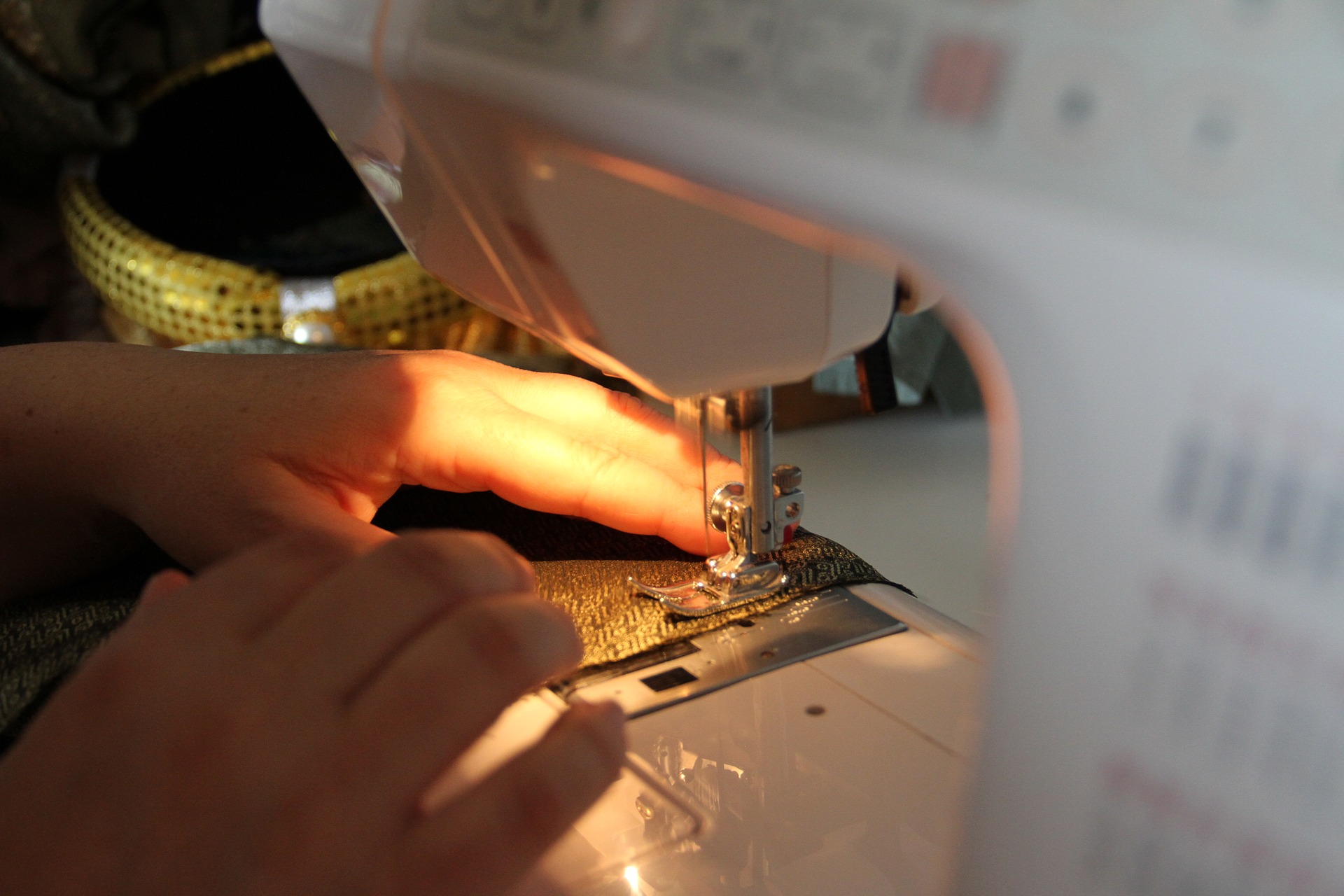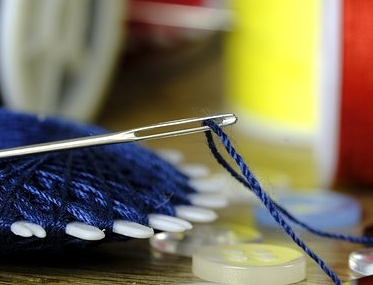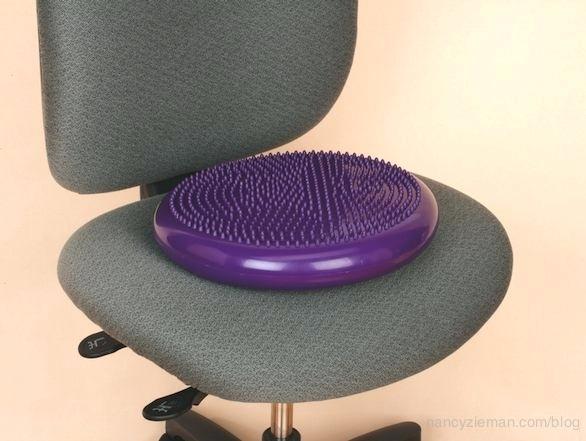Ergo is sew easy
This morning I overheard my fitness class instructor saying how badly her neck hurt from using her sewing machine for 2 hours last night. This piqued my interest not only because it is obviously an ergo-related issue she's having, but more so because I totally feel her pain (sew to speak) (jeez, I just can't help myself!).
I used to do a lot of sewing. In fact, two of my best friends and I had a business called Stitch Lounge in San Francisco from 2003 to 2008. It was a first-of-its-kind sewing studio where people rented time to work on sewing machines or took lessons and classes. We also wrote 2 books about sewing and refashioning - Sew Subversive and Subversive Seamster (both from Taunton Press). It was a pretty cool time in my life and needless to say, I spent a lot of time at a sewing machine back then.
Sewing can be hard on the body, mainly because of the frequent need to see the small details of the work that your hands are doing. Whether you're using a machine or sewing by hand, it's a precision task that's visually demanding. This combination can easily lead to a bent neck and a hunched over posture*.
Here are my top tips for my seamster friends:
- Light it up! The easier it is to see what you're doing, the less you have to bend your neck. I recommend a flexible task light so you can get it under the machine and avoid working with your hands in a shadow.
- Adjust the height of your chair/table - OSHA's ergonomic sewing guidelines advise to match the height of your table with your resting elbow level. This is a good general rule and it will mean less shrugged shoulders while working. The only problem with this is that if you're long-waisted, you may end up bending your neck down further to see what your hands are doing. My advice is to have your table at or slightly above elbow height. If you have an adjustable chair, change the height occasionally to alternate resting your shoulders and neck.
- Let your chair support you - If possible, use a chair with lumbar support or put a pillow or external lumbar support device behind you if your body doesn't reach the back of the chair. This can be a tricky one though; the back support only helps if you're actually sitting up "straight", meaning with a balanced S-curve* in your spine. You might also try a sitting disc, which facilitates a more active sitting posture.
- Take breaks and stretch - As with everything strenuous or repetitive, it's important to take a 1-2 microbreak every 20-30 minutes and a longer break every hour. Move your body during these breaks to increase circulation and reset your posture.
S-curve vs. C-curve
* FUN FACT: as you bend your neck down, your mid and lower back (aka your thoracic and lumbar spine) are pulled out of alignment from a neutral S-curve into a hunched C-curve. This strains the connective tissue and muscles supporting your spine and increases pressure on the intervertebral discs. And in case it's not clear, that's not good.








